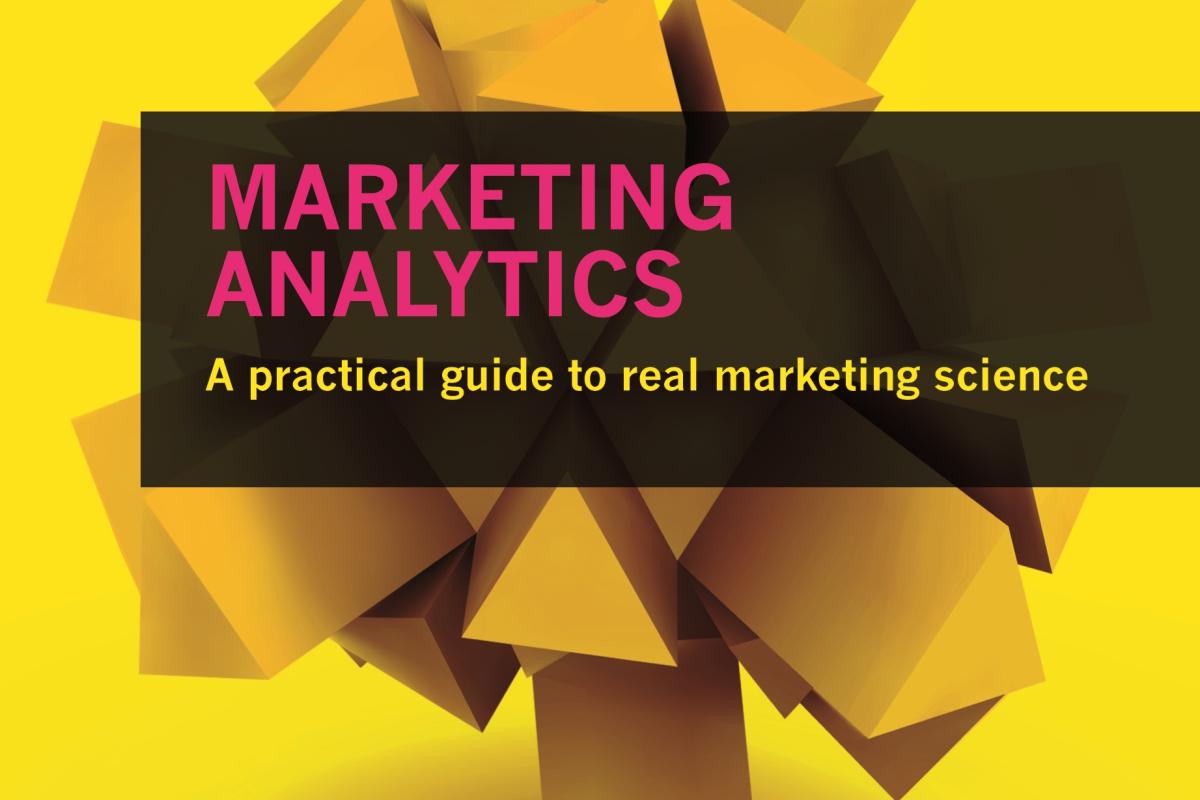Are you having sleepless nights thinking about the effectiveness of your CRM programme? Are you struggling with the analytical complexities of marketing analytics while still trying to figure out the most effective way of identifying the right KPIs to monitor in your marketing effectiveness initiatives? Are you about to integrate analytics into the measurement of your marketing activities and do not have a clue as to where to start?
If these are some of the questions that you are grappling with for answers, then Mike Grigsby’s book on Marketing Analytics is a great place to start.
The theoretical depth of the book is illustrated through the comprehensive coverage of the key statistical concepts that form the core platform of marketing analytics. The best part of the structure of the book is the integration of these statistical concepts with a relevant business case in each chapter.
With the increasing importance and relevance of data-driven marketing in today’s times, organisations are embracing the power of analytics in marketing decision-making. The biggest challenges are around two aspects – understanding and application. For effective integration of analytics, it is important that key stakeholders have an understanding of each marketing KPI and why they exist in the first place.
Analytics, by its nature, is a data heavy subject. The illustrations, tables and case studies in the book are quite helpful in communicating these data heavy topics in a simple manner. In terms of explanation of key statistical concepts and identifying the right KPIs in different business situations, the book achieves a good balance.
Mike Grigsby also delves into the controversial holy grail of consumer targeting – segmentation and the emerging domain of digital analytics. The segmentation chapter covers four principal segmentation techniques – CHAID, hierarchical clustering, K-means clustering and Latent Class Analysis. The chapter on Digital Analytics is designed more as a capstone project that highlights the complexities of working with digital data in a real business case example.
An important thing to keep in mind is the fact that Marketing Analytics has not been written to initiate debate, enhance knowledge or introduce new thinking into the field of marketing analytics. The book is intended to be a practitioner’s guide and also act as an in-depth primer for those increasingly getting exposed to marketing analytics.
All in all, a great book gain deep understanding of marketing analytics and its applications.
Join our Book Club. If you're a member of The Marketing Society we'd love you to write a 300-word review for our Clubhouse. Or if you're an author get in touch. We've got lots of members keen to review your book. Contact Michael Piggott to find out more.
